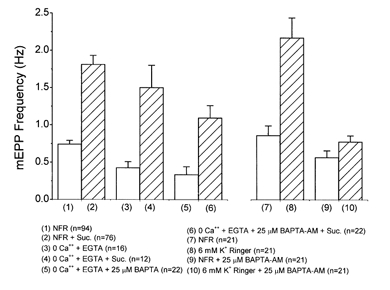Figure 1. Lack of Ca2+ dependence of hypertonicity response.

Addition of 25 mm sucrose to NFR solution caused a 2.45 ± 0.07-fold (n = 76) increase in the mEPP frequency (bars 1 and 2). Bathing preparations in a zero-Ca2+, EGTA-buffered Ringer solution, which eliminates Ca2+ influx, did not reduce the enhancement of mEPP frequency by addition of 25 mm sucrose. MEPP frequency increased by 3.52 ± 0.20 times (n = 12) (bars 3 and 4). Intracellular buffering with 25 μm BAPTA AM, coupled with the removal of extracellular Ca2+, also failed to eliminate osmotic enhancement of mEPP frequency. Addition of 25 mm sucrose caused a 3.86 ± 0.12-fold increase (n = 32) (bars 5 and 6). Hypertonicity caused a significant effect at the P < 0.01 level in all cases. Bars 7-10 show that loading of preparations with 25 μm BAPTA AM was effective in buffering intraterminal Ca2+. Preparations with and without BAPTA loading were slightly depolarized by elevation of K+ in the Ringer solution to 6 mm, increasing Ca2+ influx. Junctions without BAPTA showed an elevation in mEPP frequency of 2.27 ± 0.22-fold (n = 23). The same treatment of BAPTA-loaded preparations produced much smaller changes. The resting mEPP frequency after BAPTA loading was slightly reduced relative to the NFR solution condition. Addition of 6 mm K+ caused a much reduced increase (bars 9 and 10).
